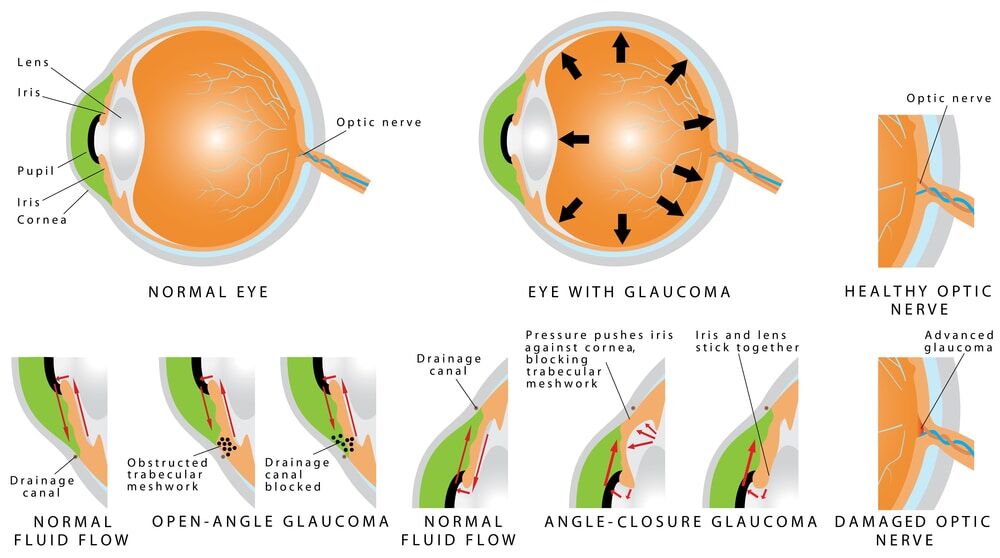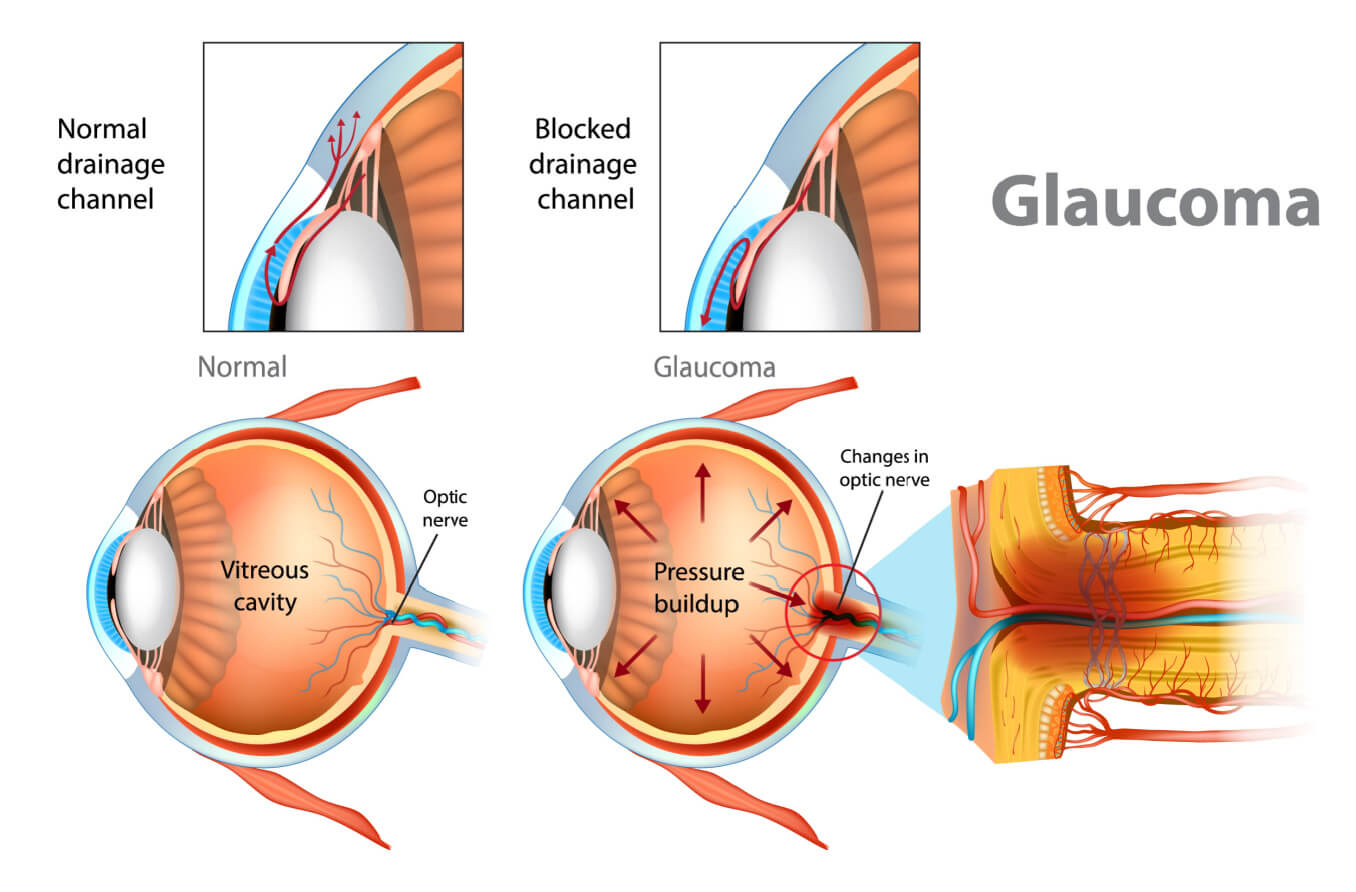Top Eyecare Near Me: Specialist Services for Optimum Eye Health
Comprehending the Various Vision Improvement Procedures Available for Clearer Sight
In the realm of vision correction procedures, a wide range of choices exist to deal with refractive mistakes and give people with more clear sight. Let's explore the intricacies of these treatments and shed light on the path to achieving boosted vision clearness.
LASIK Surgery
LASIK surgical procedure is a common refractive procedure utilized to correct vision issues such as astigmatism, farsightedness, and nearsightedness. This surgical method, which stands for Laser-Assisted in Situ Keratomileusis, intends to improve the cornea to boost exactly how light is concentrated on the retina, ultimately enhancing vision quality.
Among the primary advantages of LASIK surgery is the fast renovation in vision experienced by patients. Several individuals observe a substantial improvement in their sight right away after the treatment. Additionally, most individuals report marginal discomfort and pain throughout the surgery and recovery duration. The recovery time for LASIK is relatively quick, with many people going back to their daily activities within a day or more post-operation. Generally, LASIK surgical procedure is a popular selection for individuals seeking a long-term solution for their vision issues.
PRK Procedure
While additionally a common refractive treatment, the PRK (Photorefractive Keratectomy) method differs from LASIK surgical procedure in its method to remedying vision problems. In PRK, rather of producing a flap on the cornea, the external layer of the cornea, called the epithelium, is totally eliminated. This permits the laser to reshape the cornea to remedy refractive errors such as nearsightedness, astigmatism, and farsightedness straight externally.

Despite the longer recuperation time, PRK can produce outstanding results in vision improvement, making it a beneficial choice for those that may not be appropriate prospects for LASIK surgery.
Implantable Lenses
In comparison to PRK where the cornea is improved directly, implantable lenses use another technique for dealing with vision by putting fabricated lenses inside the eye. This treatment is especially valuable for individuals with high degrees of farsightedness, nearsightedness, or astigmatism that might not be ideal candidates for laser surgical treatments like LASIK or PRK.
Implantable lenses, also called phakic intraocular lenses, work by supplementing the eye's natural lens with an artificial one. refractive surgeries in al. These lenses can be put in front of the all-natural lens (anterior chamber) or behind the iris and before the natural lens (posterior chamber) By readjusting the power and positioning of these lenses, eye doctors can properly correct refractive mistakes and boost visual skill
One advantage of implantable lenses is that they are detachable and exchangeable, providing adaptability for future modifications. As with any medical procedure, there are risks entailed, such as infection or cataract formation. Patients taking into consideration implantable lenses must consult with an eye treatment expert to figure out one of the most ideal choice based upon their specific requirements and eye health.
Corneal Rings
Corneal rings, likewise referred to as intracorneal ring sectors, are tiny, transparent tools inserted into the cornea to remedy vision distortions such as keratoconus. Keratoconus is a condition where the cornea thins and protrudes outward, causing vision to become distorted. The insertion of corneal rings aids to flatten the cornea, boosting visual skill and decreasing the uneven astigmatism brought on by keratoconus.
The procedure for placing corneal rings is reasonably quick and minimally intrusive, typically performed as an outpatient procedure. During the surgical procedure, the eye doctor makes a little cut in the cornea and inserts the rings at a specific depth. When in place, the rings aid to reshape the cornea, offering a smoother pop over to this web-site surface area for light to get in the eye, which can result in clearer vision.
Corneal rings are taken into consideration a relatively easy to fix treatment, as they can be removed or replaced if needed. eyecare near me. While they might not completely get rid of the requirement for glasses or get in touch with lenses, corneal rings can significantly boost vision quality and general aesthetic convenience for people with keratoconus or other corneal abnormalities
Refractive Lens Exchange
Complying with the improvement of corneal abnormalities with treatments more like corneal rings, an additional vision correction technique that can deal with refractive errors is Refractive Lens Exchange (RLE) RLE is an operation that involves replacing the eye's natural lens with an artificial intraocular lens (IOL) to remedy refractive mistakes such as nearsightedness, presbyopia, and farsightedness. This procedure is especially advantageous for individuals who might not appropriate candidates for treatments like LASIK or PRK as a result of aspects such as slim corneas or high refractive errors.

Verdict
In conclusion, there are various vision modification procedures available to assist people attain clearer view. LASIK surgery, PRK procedure, implantable lenses, corneal rings, and refractive lens exchange are all options that can attend to various vision concerns. It is essential for individuals to seek advice from their eye care service provider to figure out one of the most ideal treatment based on their details requirements and choices. With advancements in modern technology, accomplishing enhanced vision is now much more easily accessible than ever previously.
In the realm of vision adjustment procedures, a wide range of alternatives exist to resolve refractive mistakes and supply individuals with clearer sight.LASIK surgical procedure webpage is a typical refractive procedure used to correct vision problems such as farsightedness, nearsightedness, and astigmatism.While also an usual refractive treatment, the PRK (Photorefractive Keratectomy) strategy differs from LASIK surgical procedure in its method to fixing vision problems.Adhering to the adjustment of corneal abnormalities with procedures like corneal rings, another vision correction technique that can resolve refractive errors is Refractive Lens Exchange (RLE) LASIK surgery, PRK procedure, implantable lenses, corneal rings, and refractive lens exchange are all choices that can address various vision issues.